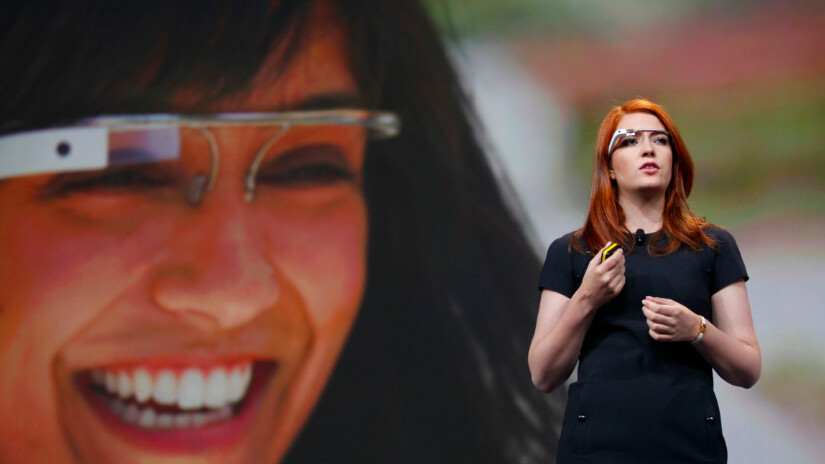
It’s easy to identify something that’s going to take the world by storm. Just look for the product that’s quickest to be labelled a fad. To be discounted is a serious concern. But we can look directly at a few examples from the past decade that have redefined the world and the way that we look at it. Almost every single one of them was quickly slandered by the media before becoming a runaway success.
In 2001, the question was asked “could the electronic textbook take the world by storm?” Well, it certainly did. Amazon’s Kindle sold three million devices in 2009. In 2005, an article by The Register asked if the iPod could indeed be a fad. They were wrong too, with Apple’s “declining” sales in 2013 having been 12.7 million devices. Even the iPhone attracted such labels with Paul Thurrott asking in 2008 if the iPhone’s touchscreen-based success would be short-lived. Clearly not, and we shouldn’t need to give statistics to back that up. Everything is technically a fad but it’s just part of what’s next.
The walkman gave birth to a device that can store 16,000 songs. The PDA gave birth to a whole new type of phones. What’s happening now is part of what’s happening next.
Google took the wraps off Glass recently and announced the opportunity for a handful of people to win a pair through its “if I had glass competition” along with those developers that pre-ordered a pair last year. The company showed off the interface that consumers will see in its current form and how a day in the life of a Google Glass user could look.
http://www.youtube.com/watch?v=6BTCoT8ajbI
In a word, it’s breathtaking to imagine. The technology suddenly takes away almost all of the flaws of a smartphone. No longer does a slab of glass need to exist between a smartphone user and the concert they’re attending. No longer do tourists need to navigate around the city while constantly checking their screens. The technology disappears. It’s no longer a barrier to accessing information or actually going about life.
Companies have tried to address the fact that technology is somewhat of a barrier between us and the world and have released wearable technology already. Pebble’s watch tries to give users the power to check their phone without pulling it out of your pocket. Apple’s rumored watch does the same thing. These devices, whilst they are fantastic, are also “fads.” But, this is the road of progress. These devices acknowledge that using a smartphone in many situations is inappropriate and that something better could be done. They acknowledge that whilst the smartphone is an important device, that is necessary to the modern consumer, but interaction could be better.
Glass is the next step along this transition. It is the fad after this fad. Google is skating to where the puck is going to be, not where it is now. Unfortunately, being on the cutting edge like this means that the product is subject to a lot of scrutiny. The media seems to want products like this it to fail.
The articles that label Glass as a privacy concern due to the built-in camera were the first to come out. As soon as anything strange is equipped with a camera the media seems to jump on it. Back when phones that had cameras were introduced, it was suggested that the flash be forced to always flash so that people in public knew they were being photographed due to the devices being a “growing problem.” Of course, that never happened and it’s almost silly to imagine now. This is what happens when something new and scary is released.
Then, the obvious next thing to hit the limelight is that Google is an advertising company, only in it for a quick buck. The company would only be interested in Glass to gather more data about you to show even more effective ads. This is a valid concern, but the company has also used such data for noble purposes. One of Google’s field trials right now reads the users’ Gmail inbox to discover things such as flight times or packages due for delivery and notify them at relevant times using Google Now.
Of course, videos have emerged that outline other issues. Funnily enough, the ones we’ve found both show scenarios where users who use a hypothetical product similar to glass are on dates. Unsurprisingly, both videos show the date going terribly wrong when the date discovers they are being played by someone who is using the internet to learn about them.
Yes, new technology comes with lots of valid concerns, it’s a given. But, rather than wondering if it is just the next fad or being suspicious of the motives behind the product we should be able to embrace exciting change and get behind it. This is a seriously monumental leap forward and I’m excited for where it’s headed, not how it could be a complete disaster.
Glass is the first step past the smartphone era, into a time where it’s entirely possible that peripherals such as Glass are going to be used more and more to allow interaction with the computer in consumers’ pockets in different ways. Think of it this way: your future children are likely to consider your Nexus 4 or iPhone 5 to be their Commodore 64 when they’re older.
It’s hard to imagine a world where we see a user interface in our eyes but it’s also not that far off.
Image: AFP/Stringer / Getty Images
Get the TNW newsletter
Get the most important tech news in your inbox each week.




